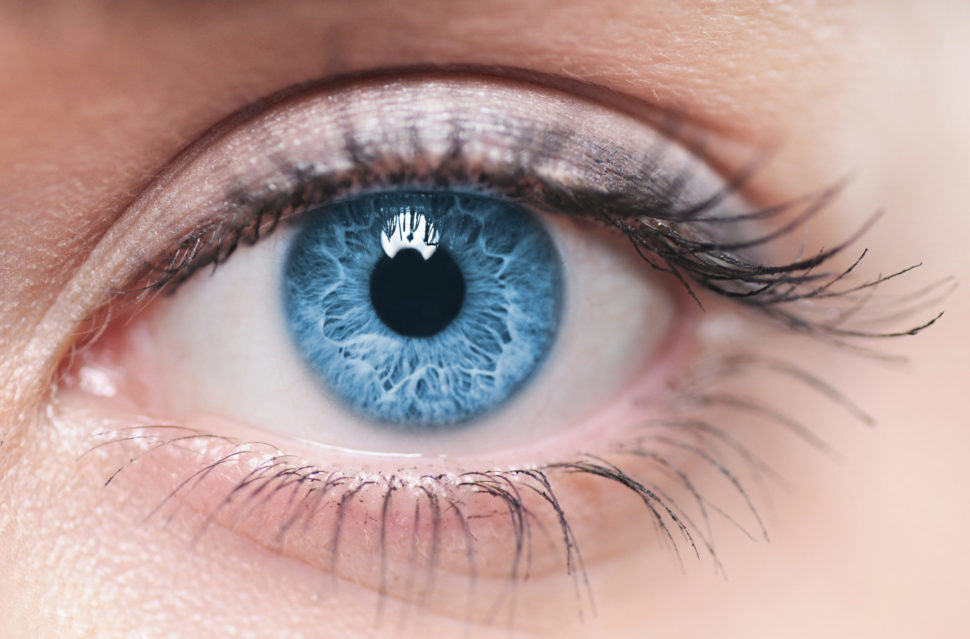Rather than cybernetics, gene replacement may be the best answer to curing certain biological ailments.
While we have covered gene editing using CRISPR-Cas9, this new development is different. Luxturna, billed as the “first true gene therapy”, received FDA approval back in 2017. It uses gene replacement instead of gene editing.
Nine-year-old Creed Pettit was born with a form of congenital blindness. Luxturna could be the treatment that helps him see again.
Florida Boy Gets Gene Therapy Luxturna
Spark Therapeutics’ Luxturna (voretigene neparvovec) is used as a treatment for Leber’s congenital amaurosis. The disease is also referred to as biallelic RPE65-mediated inherited retinal disease.
Luxturna gene therapy is lauded as the first treatment for this mutation.
RPE65 is a gene that gives instructions on how to produce an essential protein for vision.
Unlike CRISPR-Cas9 gene editing techniques, Luxturna is a prescription gene therapy specifically for those with inherited blindness. It uses altered viruses known as adeno-associated viral (AAV) vectors to replace “bad” cells with healthy ones.
In order to qualify for Luxturna treatment, the patient’s RPE65 gene mutations need to be confirmed via genetic testing.
However, you also need enough cells in your retina for this to work. One such patient is Creed Pettit. Creed was one of the few who received treatment at Bascom Palmer Eye Institute at the University of Miami.
The therapy works by injecting a “virus” with copies of RPE65 to prompt the creation of more RPE65. This process can improve vision in low light, but its long-term effects are still unclear.
Pettit has responded positively to the surgery according to Sofia Sees Hope on March 28th. He has had the treatment in both eyes and, while recovering, is adjusting to his newfound vision.
Gene Therapy: a Non-Hackable Solution for Blindness
With a gene therapy option like Luxturna, you avoid the kinds of vulnerability that come with cybernetics like wear and tear, expensive materials, and potential hacking vulnerability (Deus Ex Machina, anyone?).
Although definitely a bonus, you also don’t get super cool looking, eagle-eyed cyborg eyes. Still, restoring sight loss due to a genetic mutation is a huge step.
Luxturna joins another gene therapy that received FDA approval last year: Kymriah. However, this is likely just the beginning of the gene therapy wave. The official FDA approval release elaborated on what Luxturna’s approval meant for gene therapy at large.
“Next year, we’ll begin issuing a suite of disease-specific guidance documents on the development of specific gene therapy products to lay out modern and more efficient parameters — including new clinical measures — for the evaluation and review of gene therapy for different high-priority diseases where the platform is being targeted.” – Scott Gottlieb M.D., FDA Commissioner
While this expansion into gene editing and therapy is objectively neat, it comes at a cost.

Luxturna: An Innovative But Costly Solution
Gene therapy, much like cybernetics, is still quite expensive.
As you can see in the MIT chart above, there were fewer than 30 Luxturna patients in 2017. Of course, this was before they got FDA approval, so perhaps that number has changed.
However, this CNBC article from January 2018 lists the cost as high as $850,000 USD for a one-time treatment. As technology becomes more democratized, perhaps the cost of gene therapy will decrease.



















Eye donation is world’s ideal donation, and giving sight or vision to blinds is how wonderful for them. Really pleased to read here Luxturna gene therapy gives legally blind boy sight.
Lauren,
https://www.cvfolks.co.uk/
https://www.google.co.uk/
Which do you think is the better form of future treatment: cybernetics or gene therapy?
BOTH!